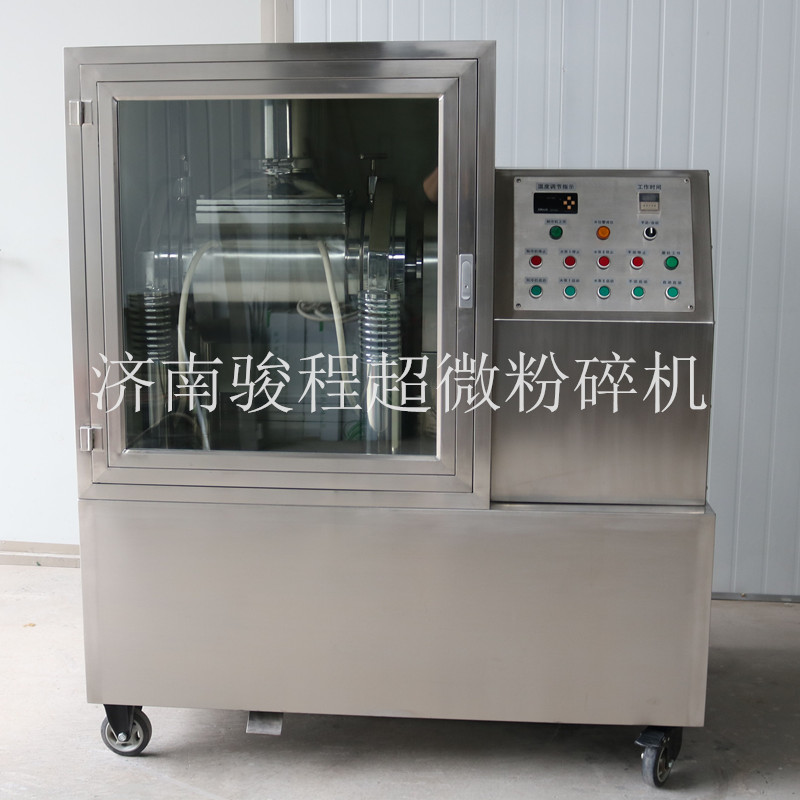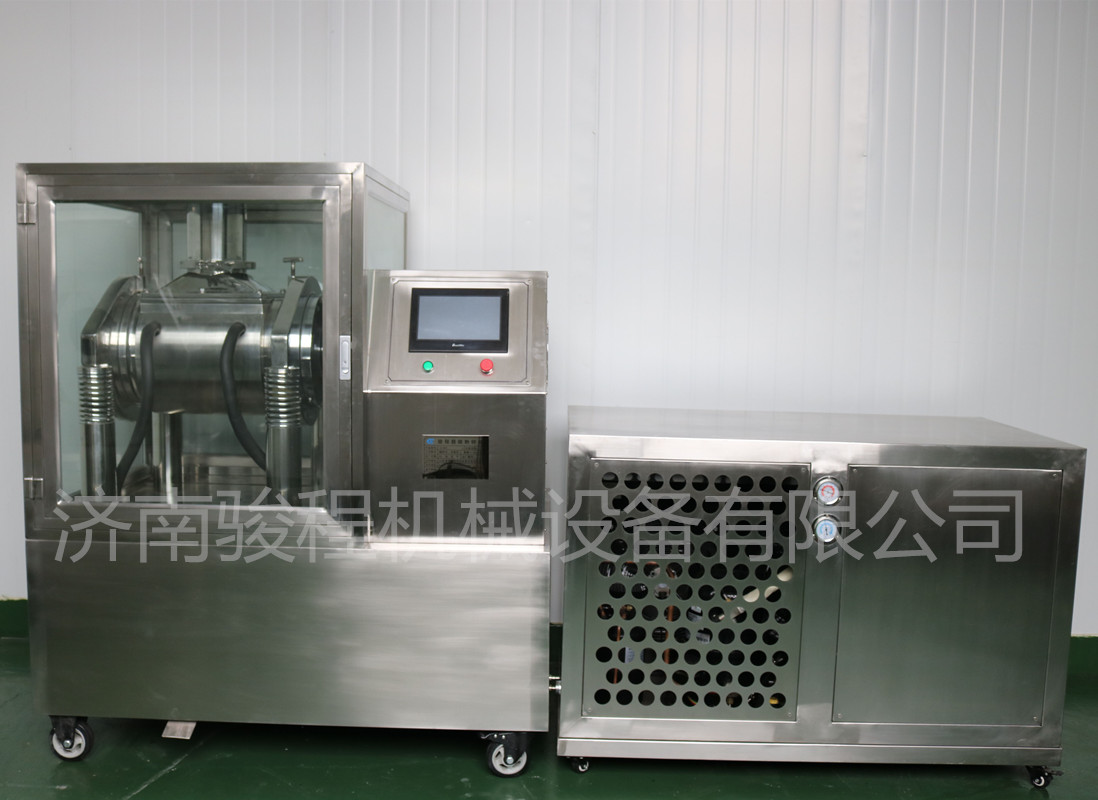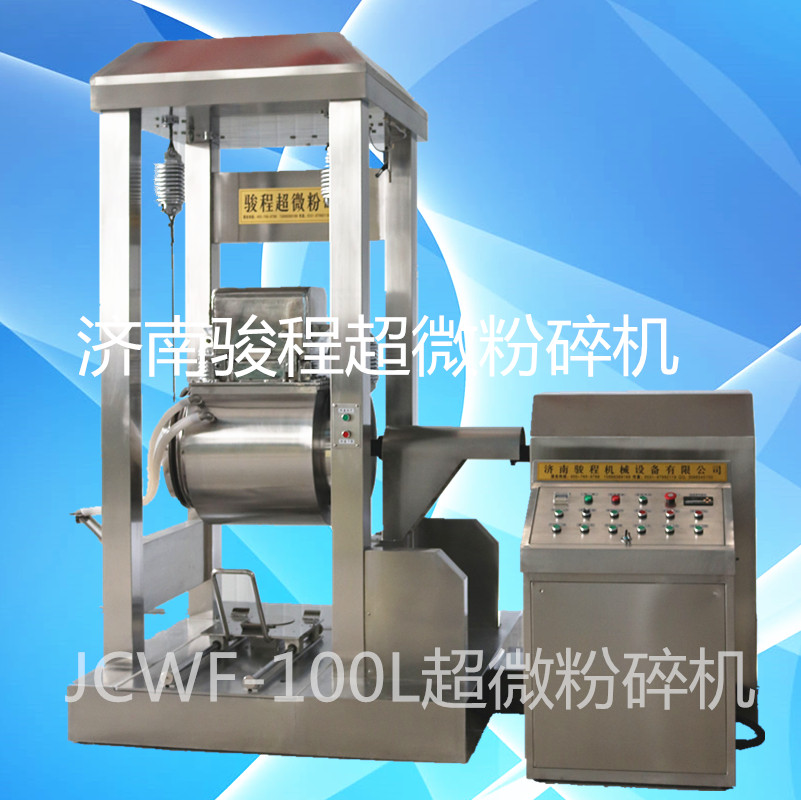

There are many kinds of medicinal materials in China, and different medicinal materials have different characteristics, such as fiber, high toughness, high hardness, high oil content, high sugar content, and easy softening. In order to fully utilize Chinese medicine, we must use different methods of crushing.
First of all, let's talk about the medicines suitable for smashing alone, such as fire nitrate, sulfur , realgar oxidation and reducing drugs ; bezoar, antelope horn, borneol, musk, ginseng, pearls and other valuable fine medicine ; 蟾 crisp, stone, horse money Substance , realgar, light powder and other irritating drugs ; the texture is hard and inconvenient to be crushed together with other drugs, such as smashing and grinding, such as Sanqi, Meteorite.
For the oily and high sugar content of the medicinal materials, we can use the method of mixing and pulverizing. The non-sticky medicinal materials in the prescription can be mixed and pulverized into coarse powder, and then the viscous drug is successively mixed into the pulverization; or the viscous drug is firstly combined with The other medicinal materials are mixed together for coarse pulverization, and after sufficient drying at 60 ° C or lower, the pulverization is carried out. Such as: frankincense, myrrh, rehmannia, medlar, hawthorn, Polygonatum, Polygonatum, Asparagus, Ophiopogon and so on. It is also possible to first pulverize other Chinese medicines in the prescription into coarse powder, and then add a large amount of oleaginous ingredients successively, gradually pulverize into the required particle size, or grind the oil-based Chinese medicine into a paste and mix it with other crude powders. Requires granularity. Mostly seed drugs, such as peach kernel, bitter almond, suzi, jujube kernel, hemp kernel, walnut kernel and so on. It is also possible to pulverize other Chinese medicines in the prescription into coarse powder, and then add the animal or other traditional Chinese medicine which has been steamed by an appropriate method successively, and then pulverize to a desired particle size. Applicable to the skin, meat, tendons, bones and some medicines that need to be steamed, such as black-bone chicken, deer fetus, Polygonum multiflorum, Rehmannia, Liquor, and Red Ginseng.
Another type of pulverization method is wet pulverization, which is suitable for water-insoluble medicinal materials such as cinnabar, calamine, pearl, talcum powder and the like. When some of the finely ground powder is suspended in water, the suspension is poured out in time, and the remaining slightly coarser material is further ground with water, and then the fine powder suspension is poured out, so that all the medicines are Grind into fine powder. The suspension is combined, left to settle, and the upper part of the water is decanted, and the bottom fine powder is taken out and dried to obtain a very fine powder. Many minerals and shellfish can be made into fine powders by word method. However, water-soluble mineral drugs cannot be used in this way. The method has many milling processes and low efficiency, and it is difficult to increase the yield. Wet pulverization and addition grinding method are used to put the medicinal material into the grinding cylinder first, and then add a small amount of liquid and then grind it until it is finely ground. When researching the brain, borneol, menthol and other drugs, a small amount of ethanol is often added; when the scent is scented, a very small amount of water is added.
After zui introduced to everyone is the current low-temperature smashing method commonly used in Zui, suitable for materials that are difficult to pulverize at room temperature, easily softened materials, such as resin, gum, dry extract and so on. It can pulverize materials that are difficult to be pulverized at normal temperature, such as fibers, heat-sensitive and heat-deteriorating substances; it can improve the safety of pulverizing flammable and explosive materials; and low temperature and ultra-fine for medicinal materials containing aromatic and volatile components. Smashing can avoid the loss of active ingredients; the growth of bacteria is inhibited in low temperature environment, avoiding product pollution; it is beneficial to improve the fluidity of materials.
 Jinan Juncheng superfine pulverizer can adapt to the above pulverization method. Mechatronics of equipment , using PLC electronic system, intelligent control, to achieve comprehensive automation of the production process. It has high pulverization efficiency and strong pulverizing ability. It is cooled by circulating water or equipped with a chiller for fine pulverization at normal temperature, low temperature or ultra-low temperature.
Jinan Juncheng superfine pulverizer can adapt to the above pulverization method. Mechatronics of equipment , using PLC electronic system, intelligent control, to achieve comprehensive automation of the production process. It has high pulverization efficiency and strong pulverizing ability. It is cooled by circulating water or equipped with a chiller for fine pulverization at normal temperature, low temperature or ultra-low temperature.
Hematology analyzer is also called clinical blood cell analyzer, blood cell analyzer, blood cell analyzer, blood cell counter. The blood analyzer not only improves the accuracy of the experimental results, but also provides many experimental indicators, which play an important role in the diagnosis and differential diagnosis of diseases. Hematology analyzer is one of the most widely used instruments in hospital clinical testing.
Test items
Blood cell test refers to routine blood test, which is manual operation and counting under the microscope at first. It includes red blood cell, hemoglobin, white blood cell count and its classification, platelet count, etc. There are more than 20 items.
clinical significance
1. The blood analyzer is mainly used to detect various blood cell counts, white blood cell classification and hemoglobin content.
2. Hematocrit: obtained by multiplying the average volume of red blood cells by the red blood cell count.
3. Red blood cell distribution width: represents the degree of consistency of red blood cell size. When the red blood cell size is uneven, the red blood cell distribution width value increases, such as various types of nutritional deficiency anemia.
4. The three average indices of red blood cells are used to identify the type of anemia.
(1) The average hemoglobin content of red blood cells: increased in megaloblastic anemia, decreased in iron deficiency anemia, chronic blood loss anemia, uremia, chronic inflammation.
(2) Mean volume of red blood cells: increase in hemolytic anemia and megaloblastic anemia; decrease in severe iron deficiency anemia and hereditary spherocytosis.
(3) The average red blood cell hemoglobin concentration: decrease in chronic blood loss anemia, iron deficiency anemia; various diseases can be in the normal range. In megaloblastic anemia, the mean red blood cell volume increases, the mean red blood cell hemoglobin amount increases, the mean red blood cell hemoglobin concentration is normal, and the red blood cell distribution width increases.
5. Average platelet volume: the average volume of each platelet, the size of platelets is related to its function.
(1) Increased: seen in patients with idiopathic thrombocytopenic purpura, edema and proteinuria in late pregnancy.
(2) Decreased: seen in non-immune platelet destruction, aplastic anemia, thrombocytopenia repeated infection syndrome, chronic myeloid leukemia, etc.
Automation in Hematology,Automated Hematology Analyzer,Hematology Analyzer Instrument,Hematology Analyzer Product
Jilin Sinoscience Technology Co. LTD , https://www.contoryinstruments.com